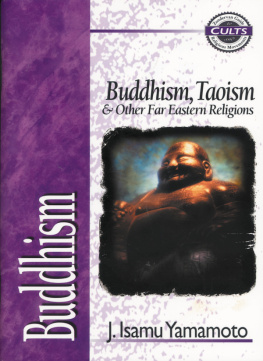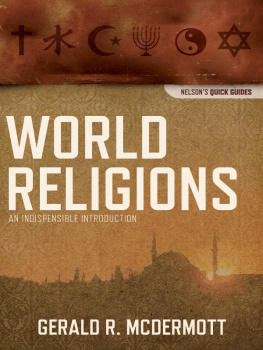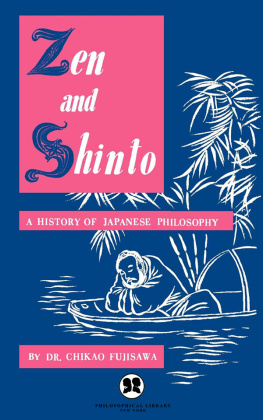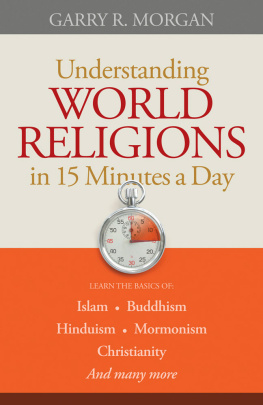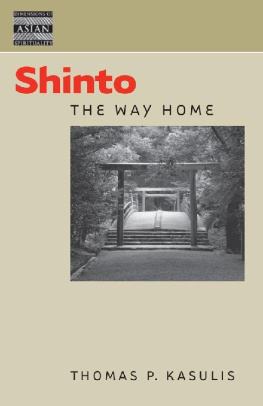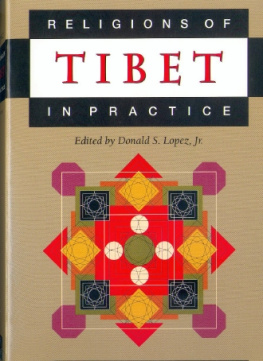JAPANESE RELIGIONS:
PAST AND PRESENT
Japanese
Religions:
Past and
Present
BY IAN READER
with
ESBEN ANDREASEN
FINN STEFNSSON
ROUTLEDGE RELIGIONS: PAST & PRESENT
Routledge
All rights reserved. No part of this publication may be reproduced or transmitted in any form or by any means without permission.
First published by Routledge 1993
2 Park Square, Milton Park, Abingdon, Oxon, OX14 4RN
270 Madison Ave, New York NY 10016
Transferred to Digital Printing 2010
ISBN 1-873410-00-X [Hardback]
1-873410-01-8 [Paperback]
British Library Cataloguing in Publication Data
A CIP catalogue record for this book is available from the British Library
Set in Goudy Old Style Medium 11 on 12 point.
by Visual Typesetting, Harrow, Middlesex.
Keywork by Ann Tiltman
Publishers Note
The publisher has gone to great lengths to ensure the quality of this reprint but points out that some imperfections in the original may be apparent.
Contents
Attribution
Every effort has been made to contact the copyright holders of the extracts and photographs that appear in this book; where it has not been possible to do so, the publishers apologise for any inconvenience caused.
T his book was originally published in Danish by Esben Andreasen and Finn Stefnsson. It has been thoroughly revised for publication in English by these authors and Ian Reader, who has written several new sections, updated the materials and provided the linking commentaries and introductions to the chapters. In both content and presentation it has been prepared as an introductory guide to the religious traditions of Japan as they are today together with some background information on their historical development.
The book is divided into eight chapters, each of which deals with a specific topic relevant to Japanese religions. Apart from , which offers a general overview of religion in Japan, each chapter consists of an introduction that outlines the topic to be dealt with, followed by a series of complementary readings. The opening commentary in each chapter contextualises the readings and outlines and explains the themes that they contain.
In all there are 50 readings in the book, taken from both Japanese and Western language sources. In an attempt to present a balanced picture we have used the writings of academics who are experts in the study of Japanese religions, as well as Japanese texts and the writings of Japanese religious organisations. The chapters relate to each other, but each is also designed to be read as a unit in itself, with the readings expanding on and giving life to the points made in the introduction.
It is essential, when studying any religion to know something of the culture from which it sprang, and the purpose of continues with further background information and provides a general overview, with a brief historical outline, of religion in Japan and of the various religious traditions that are found there.
Chapter Three, Four, Five, Six and Seven examine some of the influential religions and religious customs and traditions of Japan. In looks at Buddhism, a religion that originally entered Japan over 1400 years ago but which has become established as the other major organised Japanese religious tradition along with Shinto.
In turns to a religious tradition from the West, Christianity, that first appeared over four centuries ago in Japan. Christianity remains numerically a minority religion in Japan yet, as this chapter shows, it has none the less made some impact. This chapter looks both at the influences Christianity has had in Japan as well as looking at reasons why it still remains a minority religion.
The last chapter looks at one important, recurrent and often controversial theme in Japanese religious history, the relationship between religion and politics, and between religion and the state. In particular, it deals with the position of the Emperor of Japan, and with the relationship of religion, politics and the state in the period leading up to the Second World War, when Shinto was supported as a state religion, and the period since the war, when religion has become officially separate from the state.
Notes on the readings as well as a short introductory bibliography are provided at the end of the book for the benefit of those who want to pursue this subject further. We very much hope you will.
O ver the past century and a half, and especially in the decades since 1945, Japanese society has undergone some of the most rapid changes that any society has ever seen. From 1853, when Japan was opened up to the outside world by the Americans, until the end of the nineteenth century, the Japanese saw their country transformed from a feudal society into an industrialised one, heavily influenced by the West. Japanese political and education systems were based on Western models, while modern Western techniques in industry, engineering, manufacturing and many other fields were swiftly learned and assimilated. In the early twentieth century Japan began to come into conflict with other countries, first with Russia, which she defeated in war in 1904-5, and later with China and, of course, the Allies in the Second World War.
The twentieth century has been, in many respects, one of turbulence for Japan: wars, industrial upheavals, the strife of industrial recessions and depressions in the 1920s and 1930s, the emergence of an increasingly nationalistic and fascist regime and the years of military expansion from the early 1930s on, leading to total war. Japan became the only nation to experience the horrors of atomic bombs at first hand, at Hiroshima and Nagasaki in 1945, and shortly after, beaten, desolate and in chaos, for the first time in her history had to submit to defeat at the hands of foreign powers.

After seven years of foreign rule by an occupying army, Japan returned to independence in 1952, and since then her progress has been staggering. The desolate wastelands of 1945 have become hi-tech bustling cities, and the Japanese economy has risen, phoenix-like, to make Japan one of the worlds richest nations. Japan today is a world leader, an industrial and technological giant to whom the West now looks for inspiration and for new goods and ideas.
All this has had a considerable effect on the lives of the Japanese, who have become, in a few decades, a race of city-dwelling industrialists where they were once village-dwelling farmers. Yet one of the most remarkable features of Japanese life is that, while so much has changed, there remains a sense of underlying stability, both in the social system and within Japanese culture. The religious ethos itself has been a major influence here: as the first chapter shows, there is a sense of continuity that has helped give people a source of strength and stability which acts as a balance to the increasing speed of change in other aspects of life. These underlying continuities will become more apparent in subsequent chapters.
The readings in this chapter will also bring out some of those underlying stabilities whilst providing the outsider with an introduction to Japanese culture in general. ) on Japanese language. In order to understand a culture it is useful to at least have some knowledge of the ways its language functions. Aasulv Landes introduction to the complexities and intricacies of the Japanese language helps us in this, for it shows the flexible nature of Japanese, able to assimilate elements from abroad, as well as the ways it underpins and provides a sense of cultural stability.





